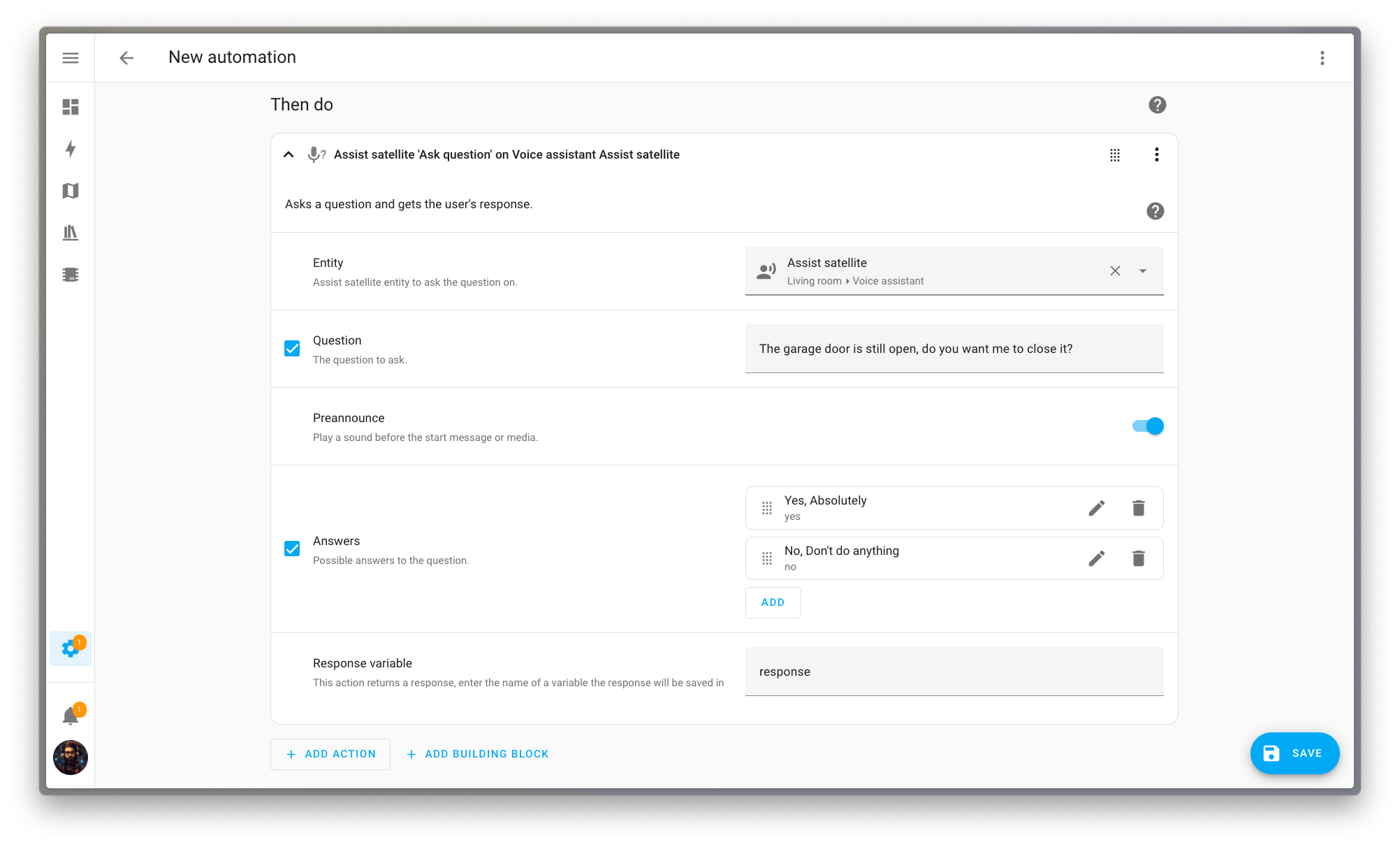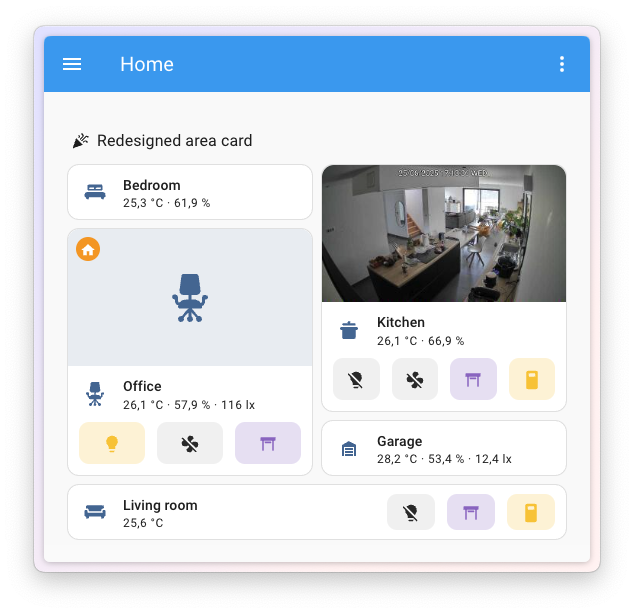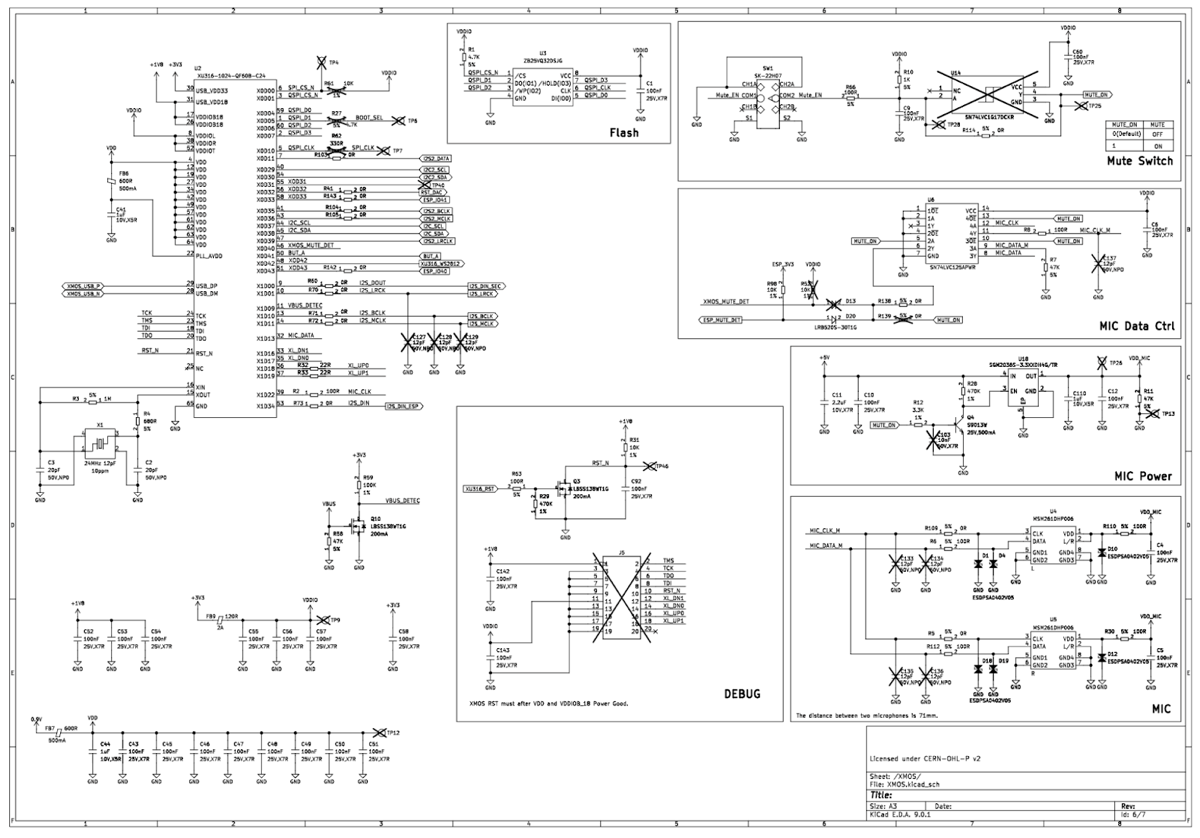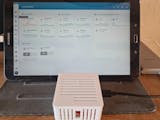You know that moment when you come home, your hands full of groceries, and your smart light refuses to understand what you actually want? 😅
Imagine this: you step over the threshold and suddenly hear a cheerful voice from your Home Assistant Voice PE asking:
Welcome home! Ready for your favorite playlist, or should we turn on the air conditioning first?
No more pushing on dashboards, no more shouting "Hey Google" or "Alexa"—your home initiates the conversation itself . With the July release of Home Assistant 2025.7 and the innovations of Voice Chapter 10, this is no longer science fiction, but reality.
What's new in Home Assistant 2025.7?
Ask Question – the game changer
The brand-new Ask Question action lets Assist ask a question under certain conditions you define in advance, wait for your response, and then perform a follow-up action. Think of:
- "Fancy some music?" → You say "Sure, sounds good." Your chosen playlist plays immediately.
- "Do you want to dim the lights in the living room to 30%?" → You say "Yes, go ahead" and you're done!
Pro Tip: Use the included blueprint to automate yes/no questions in one click with over 50 variations of "yes" or "no" — from "Absolutely" to "Never mind."
 Updated Area Card
Updated Area Card
The original Area Card has been completely redesigned with a look similar to the Tile Card. It integrates seamlessly into the Sections dashboard thanks to flexible layouts. You can choose between a compact version (just the icon and area name) or an expanded view with a camera feed and buttons for your lights and fans.
 Areas dashboard overview improvement
Areas dashboard overview improvement
The experimental Areas dashboard from April has received a major upgrade. The new overview uses the redesigned Area Card and serves as a navigation hub, giving you quick access to detailed views of each room. It also prevents the overview from becoming cluttered when you have many devices in one room.

 Integration sub-entries
Integration sub-entries
One of the most practical improvements is the introduction of integration sub-entries. This allows you to add a sub-entry to an existing integration entry, so you only have to enter your credentials once.
 The following integrations support sub-entries as of this release: Anthropic , Google Generative AI , MQTT , Ollama , OpenAI Conversation , and Telegram Bot .
The following integrations support sub-entries as of this release: Anthropic , Google Generative AI , MQTT , Ollama , OpenAI Conversation , and Telegram Bot .
The integration page itself also got a major makeover with support for sub-entries and now clearly shows which devices and services belong to which sub-entry.
 Voice Chapter 10: Dutch voice control at the highest level
Voice Chapter 10: Dutch voice control at the highest level
Now that we've covered the platform improvements, it's time to dig deeper into why Voice Chapter 10 is so important for Dutch users considering a Home Assistant Voice PE .
Speech-to-Phrase Comes of Age
Speech-to-Phrase is Home Assistant's own native speech-to-text tool that can run quickly even on resource-limited hardware. It now supports 21 languages , including Dutch.
The beauty of Speech-to-Phrase is that it is specifically trained on Home Assistant commands, making it extremely accurate for home automation commands, even if you speak Dutch with an accent or dialect.
Piper gets Dutch votes
Piper , the text-to-speech engine, has received two new Dutch voices: "Pim" and "Ronnie." This brings the total number of supported languages and dialects to 39, giving approximately 3 billion people access to speech generation in their native language.
Which language support is right for you?
For Dutch users considering a Voice PE , it's important to understand the available voice options. Home Assistant divides language support into three categories:
| Category | Description | Dutch score | Hardware requirements |
|---|---|---|---|
| Cloud | MS Azure via Home Assistant Cloud | 3/3 (excellent) | Minimum, internet connection |
| Focused Local | Speech-to-Phrase + Piper | 3/3 (excellent) | Raspberry Pi 4/Home Assistant Green |
| Full Local | Whisper + Piper | 2/3 (good) | More powerful hardware required |
Scores: 0 = not supported, 3 = fully supported
For Dutch users, this means that both Focused Local and Cloud are excellent options. Focused Local is perfect if you value privacy and only want to use predefined commands. Cloud offers more flexibility for more complex conversations.
Where can you find more information?
Home Assistant has a handy language support tool where you can see exactly which commands are available in Dutch (or another language) and whether they work locally or via the cloud.
ESPHome gets a vote
A significant development is that all Voice PE features are now integrated into ESPHome . This means you can build your own voice assistant with the same capabilities as the official hardware. The CPU usage has been optimized from 72% to just 35% when mixing music with announcements.
 Practical automations: getting started
Practical automations: getting started
Step-by-step "Question & Action"
- Create a new automation.
- Add Action Type:Ask Question .
- Ask the question, "Are you ready to go to sleep?"
- Define "Yes" → lights off, thermostat to eco mode.
- Define "No" → set the mood lighting to 40% and play relaxing music.
Common mistakes
- Double-tap wake word: Not necessary; Assist continues listening after the prompt.
- Forgotten conditions: Add a time condition, otherwise you'll be asked if you want to go to sleep at 10am.
- Hardware too light: For Full Local Voice you need at least a Raspberry Pi 4 or Home Assistant Green .
Recommended Products — Subtle Superpowers
| Product | Why this helps | Link |
|---|---|---|
| Home Assistant Voice PE | Official voice assistant with all the new features, including Ask Question | View here |
| Home Assistant Green | Ideal hub for Focused Local speech, enough power for Speech-to-Phrase | View here |
| Home Assistant Connect ZBT-1 | Zigbee & Thread dongle for Green/Server, future-proof Matter-ready | Click here |
| Apollo MSR-2 mmWave sensor | Detects presence → lets Assist proactively ask questions | Shop now |
" This Voice PE has transformed my morning routine; no more standard routine that occasionally opens my blinds at the wrong time — my house now asks for what I want!"
As we discussed in our article on Home Assistant hubs , the Green is ideal for beginners who want to experiment with local voice right away.
 New integrations & improvements
New integrations & improvements
Home Assistant 2025.7 also brings two nice integrations:
- PlayStation Network : Track your gaming activity and display game information on your dashboard
-
Tilt Pi : For homebrewers, monitor your Tilt Pi hydrometer for temperature and specific gravity
Expansion possibilities
- Energy dashboard : Let Assist ask you if you want to switch off heavy consumers during peak rates.
- Presence automation : combine the mmWave sensor with Ask Question—"I don't see anyone in the living room anymore, can I turn off the air conditioning?"
- Media Search intent : Search and play Spotify playlists via voice without additional scripts.
Conclusion
With Home Assistant 2025.7 and Voice Chapter 10, your smart home shifts from reactive to proactive . Your home asks, listens, and understands—all locally and in Dutch. For Dutch users, this is the perfect time to get started, with excellent language support both locally and via the cloud.
Ready to get started? Try the Home Assistant Voice PE today or upgrade your existing setup with the Home Assistant Green . You'll find everything you need in our Home Assistant collection .
 And now you
And now you
- Which Ask Question automation would you build first?
- Are you going for Cloud , Focused Local , or Full Local voice control? Why?
- What smart home problem is keeping you busy for too long? Let us know, and we'll find a solution together!
Tag a friend who needs to try this and send us a screenshot of your favorite Voice Assist automation—we'll share the best ones on our social media!



